Syn.: Alisma andrieuxii Hook. et Arn., Alisma intermedium Mart. ex Schult. f., Alisma subalatum Mart. ex Schult. f., Aquarius subulatus (Mart. ex Schult. f.) Christenh. et Byng, Echinodorus andrieuxii (Hook. et Arn.) Small, Echinodorus subalatus subsp. andrieuxii (Hook. et Arn. ) R. R. Haynes et Holm-Niels.
Family: Alismataceae Vent.
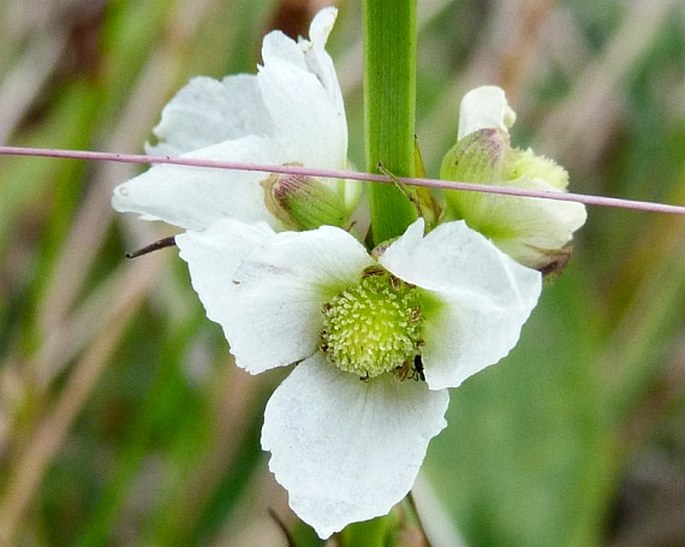
Distribution: Central and Southern America – from southern Mexico to Bolivia and Brazil.
Ecology: It grows on margins of lakes, ponds, rivers, and swamps, at elevations from sea level to 1500 m asl.
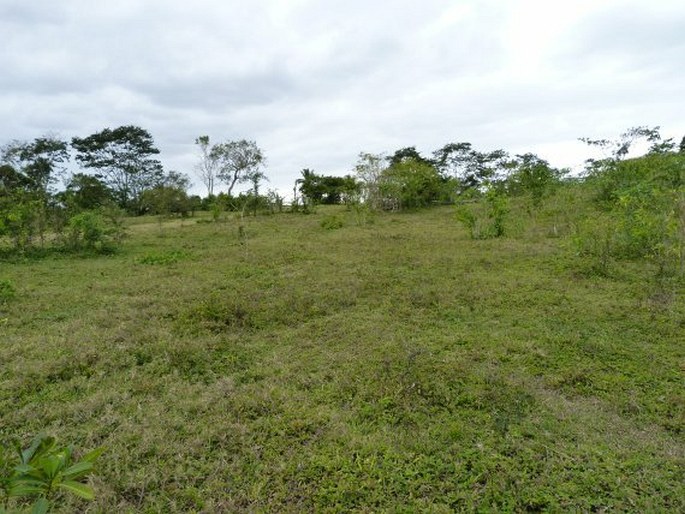
Description: Perennial herb, up to 120 cm tall, with erect rhizomes. Scapes erect, striate, angulate; leaves on long petioles, the blades shorter than the petioles, lanceolate to elliptic, up to 35 cm long and 14 cm wide, cuneate at the base, margins entire, acuminate at the apex, with 3–5 nerves, glabrous. Inflorescence spicate or paniculate, the whorls of flowers numerous; bracts lanceolate; sepals ovate, about 4 mm long, coriaceous, petals ovate, entire, white, carpels many in a dense head, stamens 20–24. The fruit is a nutlet with beak.
Note: The genus Echinodorus contains about 26 species, which occur in temperate and tropical America.
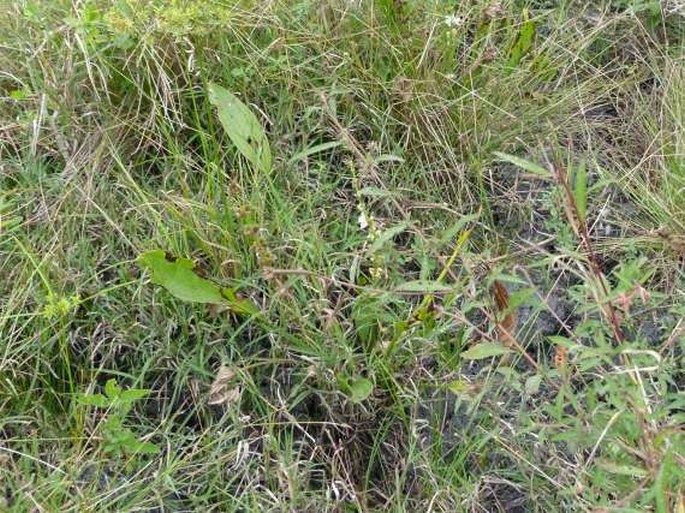
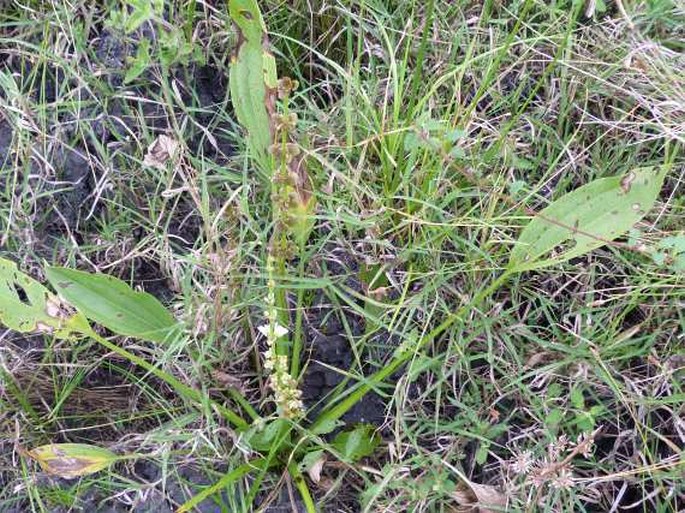
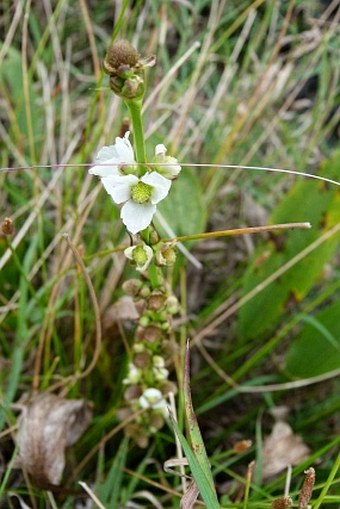
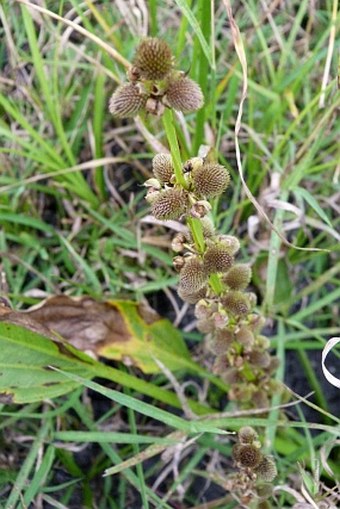

These images were taken in Belize, Orange Walk (by Jindřiška Vančurová, February 20, 2015).


